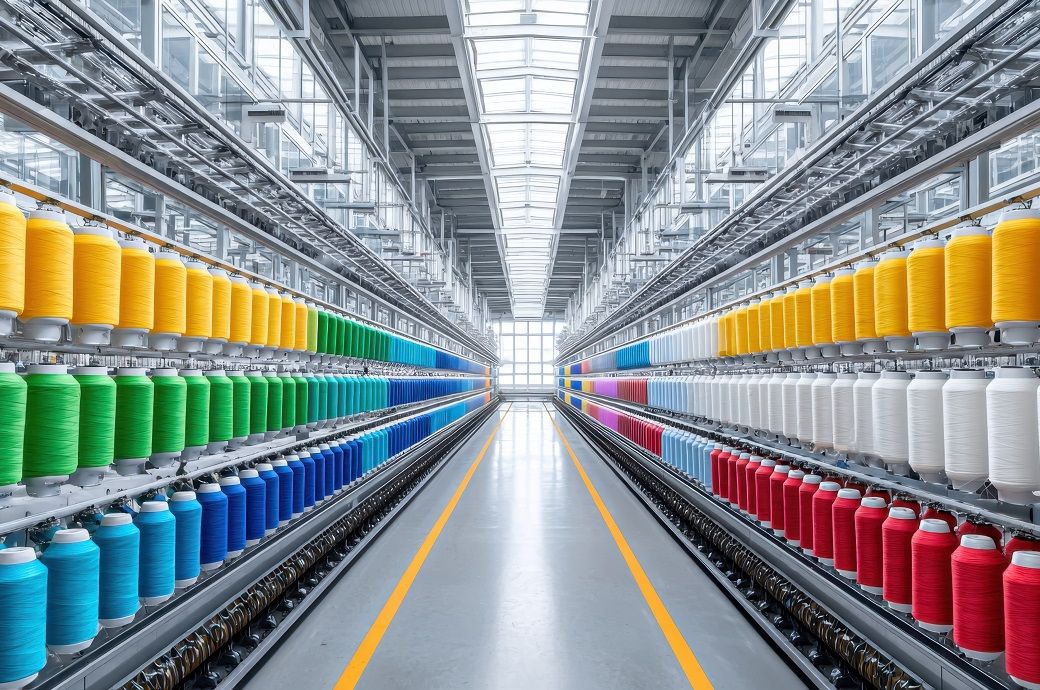
Meanwhile, cost inflation eased to its lowest mark since February and was relatively negligible. Producer prices rose markedly, however, as demand buoyancy allowed firms to pass on higher freight, labour and metal costs to clients, S&P Global and HSBC said in a press release.
Production volumes rose at the fastest pace since April 2024, driven by efficiency improvements, solid underlying demand, and higher sales volumes. This growth was primarily led by intermediate goods producers, while the consumer and capital goods segments experienced slowdowns.
June also witnessed a sharper rise in new order inflows—the strongest rate in nearly a year—supported by enhanced marketing and a notable surge in exports.
Export orders accelerated significantly, recording their third-highest growth since data collection began in March 2005. Firms cited increasing global demand, particularly from the United States. Across the board, international sales rose in the consumer, intermediate, and investment goods categories. However, total sales growth was concentrated solely among intermediate goods manufacturers.
After stagnating in May, outstanding business volumes grew in June, which, combined with strong sales, fuelled a record increase in employment. Most companies linked this hiring boost to short-term recruitment needs.
Input cost inflation fell to a four-month low despite rising iron and steel prices, with the overall rate remaining modest relative to the survey’s historical average. Meanwhile, average selling prices rose sharply as firms passed on increased freight, labour, and material costs to customers. In many cases, this pricing adjustment was attributed to strong demand conditions.
The surge in new business drove greater purchasing activity and stock accumulation. Pre-production inventories rose more quickly than in May, while input buying reached its highest level since April 2024. In contrast, finished goods inventories declined again, as companies often relied on warehouse stocks to meet the growth in demand. The drop in finished goods inventories was notable by historical standards. Despite rising raw material demand, supplier performance continued to improve, with average lead times shortening to the greatest extent in five months.
The outlook for the manufacturing sector remained optimistic in June, although concerns about competitive pressures, inflation, and shifting consumer preferences tempered overall business confidence, added the release.
“India’s manufacturing PMI reached a fourteen-month high of 58.4 in June. Robust end-demand fuelled expansions in output, new orders, and job creation. To keep up with strong demand — particularly from international markets, as evidenced by the substantial rise in new export orders — Indian manufacturing firms had to tap deeper into their inventories, causing the stock of finished goods to continue shrinking. Finally, input prices moderated while average selling prices rose as some manufacturers passed on additional cost burdens to clients,” said Pranjul Bhandari, chief India economist at HSBC.
ALCHEMPro News Desk (SG)
Receive daily prices and market insights straight to your inbox. Subscribe to AlchemPro Weekly!